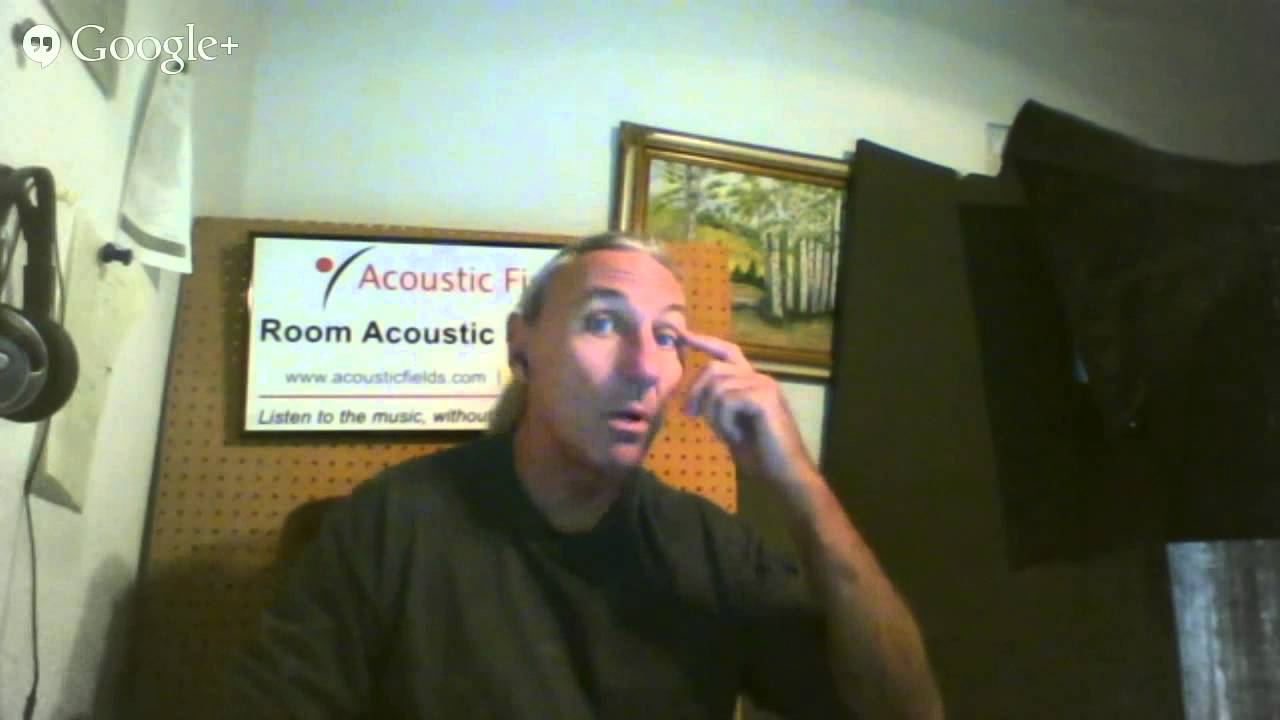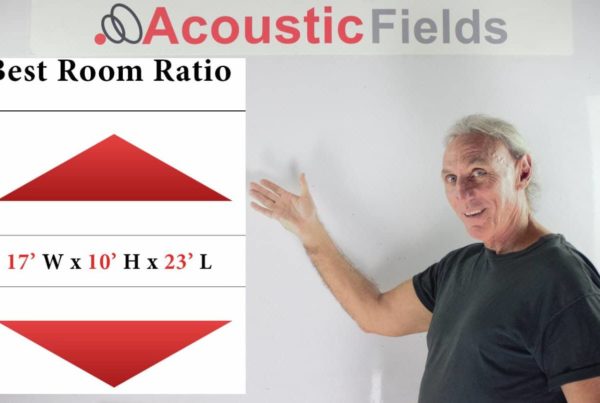In a recent Google Hangout I was asked “Can you share some insights into how comb filtering may happen between two drivers, woofers and tweeters?”
Dennis: Comb filtering is a popular topic and it needs to be a popular topic because people have been living with it too long and I’m glad people are questioning this. I’m glad we’re raising the consciousness of people because it’s really a nasty thing. I mean just put a piece of foam on your console and listen to your monitors. Just put a blanket. Put a towel I don’t care put anything that’s got sound absorption qualities that’ll kill that reflection and listen. So all that distortion off your console is in your mix. I could go out on a limb here and, it’s not that big of a limb, and say if you’re not producing quality recordings that people are buying, or that your mixes are translating, you’ve get too much distortion in your mix. And I’ll bet you one of those distortions, and there and there are man,y is that bounce off that console). I’m going to bet that’s the case.
So it’s a form of distortion that the speaker designer has to work with. Now he can compensate for that through cross over design and electronics but he can’t compensate for it too much. So yeah you’re right, it’s a form of distortion but it’s a form of distortion that all speaker designers try to deal with.
You ever seen a speaker that has no cabinet? That is just a speaker in a hollow or a tube. Gallo electronics they make those spherical speakers that are just in round cabinets. There’s a designer’s answer to, it’s called a diffraction. That diffraction effect of that speaker cabinet face so Nelson is correct, it is an issue. Unfortunately it’s an issue that all speaker designers have to deal with so they just worked around it. They just work around it. If he took the cabinet away from a speaker that you like to listen to, you wouldn’t like it anymore. If it was just the speakers floating in mid-air boy, that’ll be nice.
If it was just the speakers floating in mid-air and had no cabinet on your favorite speaker, you would like it. Because the total sound that comes out of that speaker is a result of about five things: the drivers, the cabinet size, the cabinet construction, the wiring, the crossovers, the internal flow material, all of those is like painting a material with different mediums, use oil acrylics, watercolors, you use all the tools that can create a sound so that final sound that you’re hearing that comes out of the speaker is a combination of many, many compromises that the engineers had to do. Now ready for this, then you take that speaker, which that engineers spent years and years trying to figure out all those compromises to get the sound quality you wanted then you put it into a small room. Yikes.
AD: Already. I don’t know if people know that Dennis doesn’t like big speakers in small rooms.
Dennis: Nope it’s not only me but anybody that understands. See I deal with distortions every day. From people and from rooms and the people distortions I can’t do anything about because those are based on norms and values and belief systems and I want no part of that. But the bottom line is room distortions once minimized, and we prove it here every day in our studio. We have a 400 hundred dollar electronic front end with blown speakers in a 150 thousand dollar room and there’s very few distortions in our rooms and people sit in our chair and cry.
So what does that tell you? That the beauty of music, the emotional music, the thing that we all need, seek and want and have got to have, is there but it’s all these distortions getting in the way. And when you take those distortions out, wonderful things can happen. And that’s what it’s about. That’s why we keep buying new speakers, that’s why we keep buying new amplifiers, that’s why we keep buying new cables, that’s why we keep turning up the volume.
We want more but you’ve got to get the things out of the way, got to remove the accidents off the freeway, so you can drive to your goal quicker and that’s what we have to do. We don’t want to add more distortions by putting our speakers close to the wall. Don’t add any distortions by putting a larger speaker in this small room. More is not better. Believe me, it’s not. Consumerism is not that great when it comes to room acoustics, be very careful. There’s a balance. It’s all about balance.
In Summary
To learn more about room acoustics and how drums interact with your room, please sign up to download our free ebooks and video series on room acoustics here. And please let me know if you have any questions at any time.
Thanks
Dennis Foley







